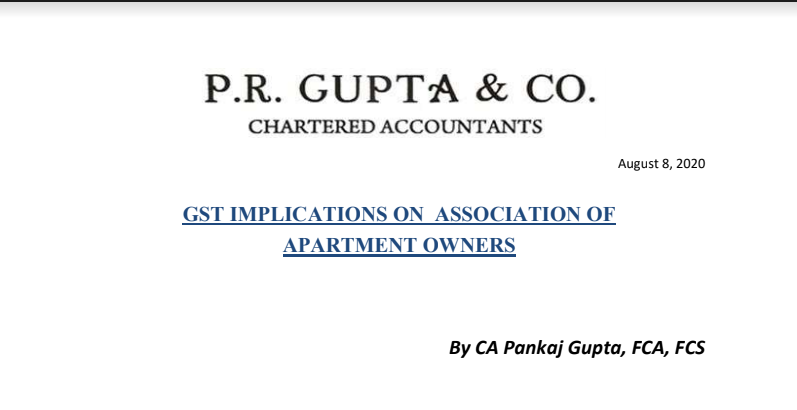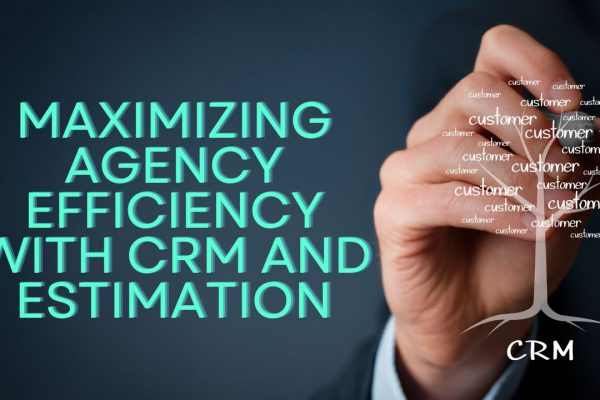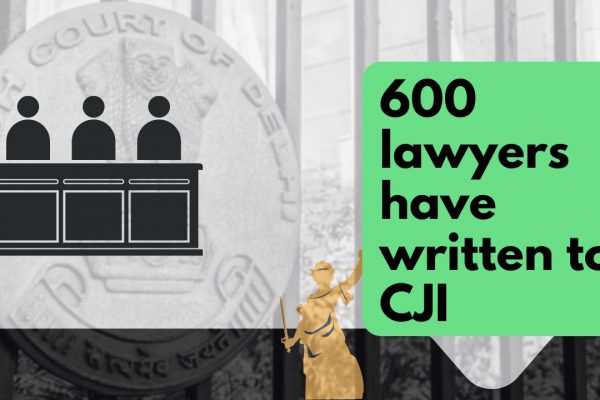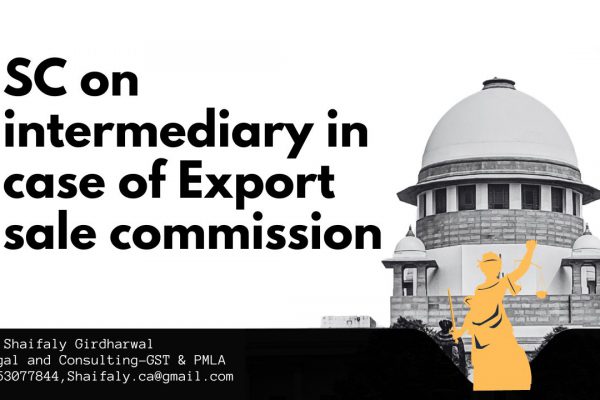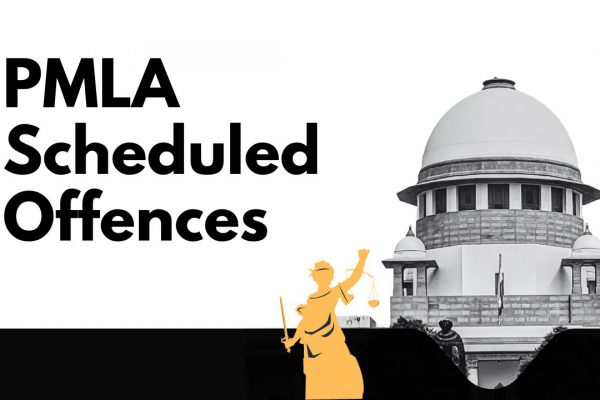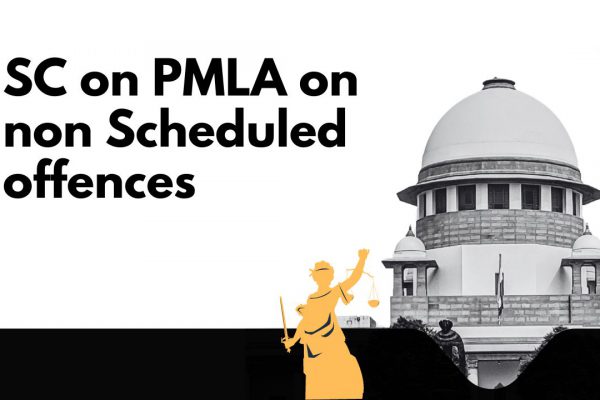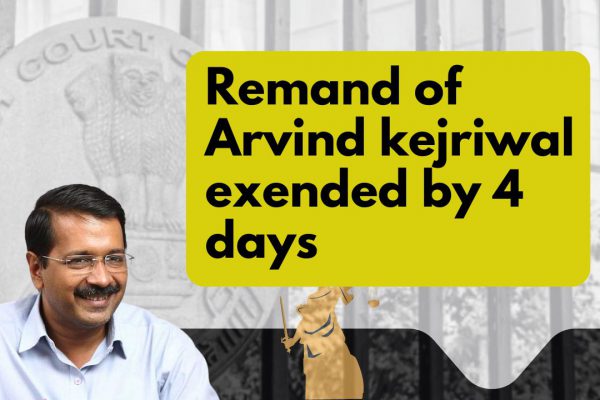GST Implications on Association of Apartment Owners
- GST Implications on Association of Apartment Owners
- I. Preamble :
- II. Sale of Apartment by Builder :
- III. Impact of RERA:
- IV. Common Areas and Facilities of the Project :
- V. Transfer of Common Area & facilities from Builder to AOA:
- VI. Formation of an AOA :
- VII. Functions of AOA :
- Read & Download the Full copy in pdf:
GST Implications on Association of Apartment Owners
I. Preamble :
These days the concept of ‘Association of Apartment Owners’ is gaining lot of importance to facilitate the upkeep of the residential project which a Builder has developed as a Group Housing Complex. These housing complexes in the state of Uttar Pradesh are governed by the provisions of ‘Uttar Pradesh Apartment (Promotion of Construction, Ownership, and Maintenance) Act, 2010’ as amended by ‘Uttar Pradesh Apartment (Promotion of Construction, Ownership, and Maintenance) (Amendment) Act, 2016’. In short, it is more popularly called the ‘U.P. Apartment Act’. This association of apartment owners is formed under the provisions of this act.
Related Topic:
DISCOUNTS/INCENTIVES- GST IMPLICATIONS
In fact, this association may also be called as Apartments Owner Association (AOA) which term is more popular than ‘Association of Apartment Owners’ and is used interchangeably. Before discussing the implications of provisions of “Goods & Service Tax Act” (GST) on an AOA, it will be important to understand as to how a project is executed by a builder, flat is sold to the apartment owner, what are common areas and how AOA is formed and various functions performed it and the laws governing these AOA.
Related Topic:
Bad Debts GST Implications (COVID-19)
II. Sale of Apartment by Builder :
When a “Housing Society Project” is developed by a Builder/Promoter, first of all he forms a separate company and acquires land on leasehold/ freehold basis from Local Authority. He then builds the flats and also develops the common area infrastructure. All these assets are held as stock-in-trade in the books of builder/promoter unless he chooses to convert whole or part thereof as ‘Capital Assets’.
He then sells these flats to individuals and a sub-lease is registered in the name of the flat owner. This sub-lease or ‘apartment deed’ is a tripartite agreement between the Noida Authority who has provided the land, builder, and flat owner and is registered after paying the stamp duty under Registration Act, 1908. Through this apartment deed, the ownership rights of flat and proportionate land area and proportionate common area infrastructure are transferred to individual flat owners and thereafter he becomes entitled to possession of the apartment.
Builder recovers the cost of flat and the infrastructure facility along with his margin from the flat owners. During the construction period, Service tax/GST is charged by the builder. With the change of rules in GST, the refund of input credit has also been made by the builder to flat owners in some cases. No GST is chargeable on the sale of the flat made after the completion/occupation certificate is issued.
Related Topic:
GST Implications on Deputation and Secondment of Employees
III. Impact of RERA:
It may be noted that the Real Estate (Regulation & Development) Act, 2016, (RERA) is a central act. It has been notified in all the states from different dates and rules have been framed state wise. The purpose of the Act is to protect the interest of consumers in the real estate sector and the provision of speedy adjudication mechanism. In certain circumstances, RERA provisions are also applicable to projects which had started before the coming into effect of RERA.
It may be noted that in the ‘RERA ’, it is provided that provisions of this act will be over-riding if any provision is in contradiction with other acts. It will be interesting to note that a similar provision of having an over-riding effect is also contained in the ‘UP Apartment Act ’. Therefore it will become difficult to ascertain, which Act will over-ride in case of conflict of provisions. The various terms like ‘project’, ‘apartment’, ‘promoter’, ‘common areas’, and many other terms have been defined differently in both Acts. It may also be noted that there is no such concept of ‘Independent Area’ in RERA. Therefore a lot of care shall have to be taken while complying with the provisions of both Acts.
Related Topic:
GST Implications on Transfer of Development Rights in Real Estate Projects
IV. Common Areas and Facilities of the Project :
‘Common Area and facilities’ is defined as per the ‘Uttar Pradesh Apartment (Promotion of Construction, Ownership, and Maintenance) Act, 2010’ and means:
i) The land on which the building is located and all easements, rights, and appurtenances belonging the land and building;
ii) The foundations, columns. Girders, beams, supports, main walls, roofs/terraces, halls for common use, corridors, lobbies, stairs, stairways, fire-escapes and entrance and exit of the building;
iii) The basements (areas of common use only), cellars, yards, parks, garden, community centers and common parking areas;
iv) The premises for the lodging of janitors or persons employed for the management of the property;
v) Installations of central services, such as power light, gas, hot and cold water, heating, refrigeration, air conditioning, incinerating and sewerage;
vi) The elevators, tanks, pumps, motors, fans, cable pipeline, (TV, gas, electricity, etc.), rainwater harvesting system, compressors, ducts and in general all apparatus and installation existing for common use;
vii) Such other common areas and community and commercial facilities as may be specified in the bye-laws ( words ‘and commercial ’ deleted by amendment act 2016) and
viii) All other parts of the property necessary or convenient to its existence, maintenance and safety or normally in common use
Independent area as per clause (p) of section 3 of the Act means the areas which have been declared but not included as common areas for joint use of apartments and may be sold by the promoter without the interference of other apartment owners. It may be noted that the declaration has to be made to the Competent Authority which is ‘Noida Authority’ for the state of Uttar Pradesh.
V. Transfer of Common Area & facilities from Builder to AOA:
Normally builder/promoter forms a different company for providing common area maintenance services to apartment owners. After the formation of AOA, the promoter is duty-bound to transfer the affairs of the ‘common areas and facilities’ to AOA. In Section 4(6) of the Act, it is provided that the promoter should handover the common area and facilities and original plans and documents, etc. to AOA after one year of completion certificate.
The ‘Interest-Free Maintenance Security’ (IFMS) collected by the builder/Promoter from the flat owners is also transferred to the AOA. Since Builder/promoter is the owner of unsold flats, he also becomes the member and liable to contribute towards common area maintenance and IFMS in respect of unsold flats.
The maintenance company would not be owning any ‘infrastructure assets’ as these are all recorded in the books of the builder and in turn already sold to flat owners. Upon the handover, neither the AOA nor the appointed agency will have ownership rights on these assets. Further, if any assets have been acquired of which maintenance company is owner and cost has not been borne by the apartment owners, then AOA can also purchase these assets from Maintenance Company to prevent any disruption in services. In this case, the maintenance company will issue a ‘Tax Invoice’ to the AOA after charging GST.
VI. Formation of an AOA :
In the state of Uttar Pradesh, the formation of the ‘Association of Apartment Owners’ (AOA) is provided in the ‘Uttar Pradesh Apartment (Promotion of Construction, Ownership, and Maintenance) Act, 2010’.
Builder/promoter is duty-bound to form the ‘Association of apartment owners’ in a time-bound manner. AOA is to be formed mandatorily after hand over is given to 60% flats. In fact, AOA can be formed one year after the completion certificate is issued to the Project. If the builder does not co-operate, then apartment owners can go ahead of their own after giving notice to builder and Noida authority. No specific approval of any authority is required. The apartment owners then approach the Registrar of Societies and get the association formally registered. Registrar accords the registration after considering all the documents, objections if any raised, and ensuring that AOA has incorporated the Model Bye-Laws as specified in UP Apartment Act.
All the apartment owners automatically become the members of AOA and bound to contribute Rs.1,000 as initial membership fees as per Model Bye-Laws. The AOA gives notice of this to every flat owner and they are bound to follow the rules of AOA and contribute towards common areas and facilities.
‘Association of Apartment Owners” means all the owners of apartment therein, acting as a group in accordance with the bye-laws under the Act.
Section 14 of the ‘Uttar Pradesh Apartment (Promotion of Construction, Ownership, and Maintenance) Act, 2010’ provides as follows:
(1) There shall be an Association of Apartment Owners for the administration of affairs in relation to the apartments and property appertaining thereto and the management of common areas and facilities.
Provided that in the case of ‘Independent area’ or an ‘independent commercial area’, a separate association can be made.
(2) It is the joint responsibility of Promoter and apartment owners to form an association
(3) It is obligatory on the part of apartment owner to become a member of the association
(4) On the formation of ‘AOA’, the management of common areas are deemed to be transferred from Promoter to association
(5) The Government will notify in the gazette, the model bye-laws for the formation and management of ‘AOA’, and these bye-laws will be adopted by the AOA.
‘Apartment Owner’ means the person or persons owning an apartment or the promoter or his nominee in case of unsold apartments and an undivided interest in the common areas and facilities appurtenant to such apartment in the percentage specified in the Deed of Apartment and includes the lessee of land on which the building containing such apartment has been constructed, where the lease of such land is for a period of thirty years or more
VII. Functions of AOA :
The functions of such AOA may be summarized as under:
- To maintain the common areas and facilities more elaborately defined in the UP Apartment Act as elaborated in section IV above.
- To pay for electricity bills for common areas & water charges
- To provide Generator facility as a power back up for common areas
- To provide Generator facility as a power back to flat owners as per individual need
- To maintain the club & Restaurant and provide food and club facilities to members
- To maintain Banquet halls, mini theatres, and similar facilities to the members.
- To pay for any Govt. dues on the project relating to individual members
- Services of Plumber, Electrician, etc. to individual flat owners.
- Insurance of common area infrastructure due to fire, theft, natural calamities, etc. at reinstatement value.
- To perform administrative functions of maintaining the Association office and all related work with the functioning of society.
- Any other objective of common interest to members/flat owners
Read & Download the Full copy in pdf:
Email:Pankaj@prgupta.com
If you already have a premium membership, Sign In.
 CA Pankaj Gupta
CA Pankaj Gupta
Mr. Pankaj Gupta is a Fellow Member of the Institute of Chartered Accountants of India (ICAI) and also Fellow Member of The Institute of Company Secretaries of India (ICSI). He has his own CA practice at Noida under the Firm Name “ P.R. Gupta & Co.” and has over 40 years of professional experience dealing in Direct Taxes, Indirect Taxes, Corporate Laws, and FEMA Laws, etc. Clientele includes Non-Residents Individuals and corporate entities. He has remained office-bearer of many professional organizations like ICAI, ICSI, Noida Management Association. He has been instrumental in organizing various professional seminars and has been a speaker at various forums and contributing professional Articles.


